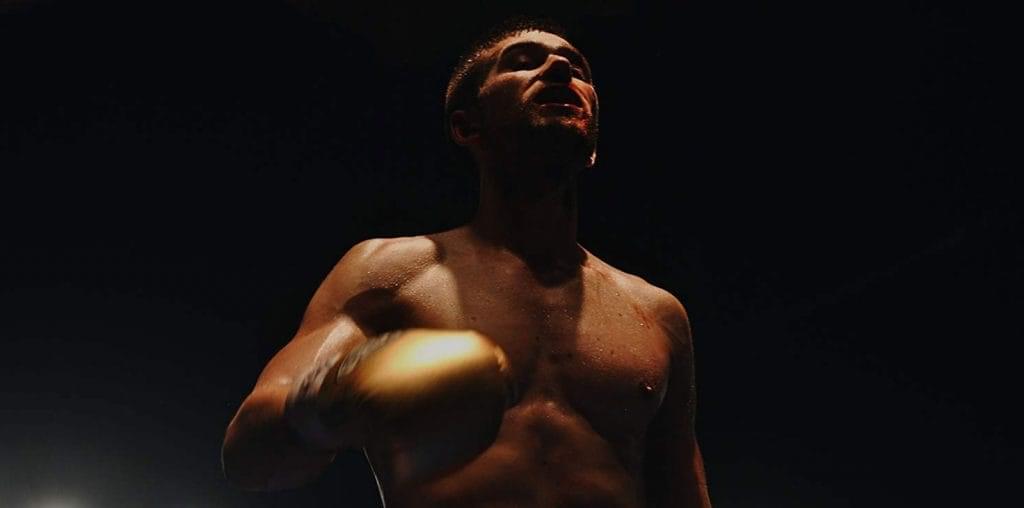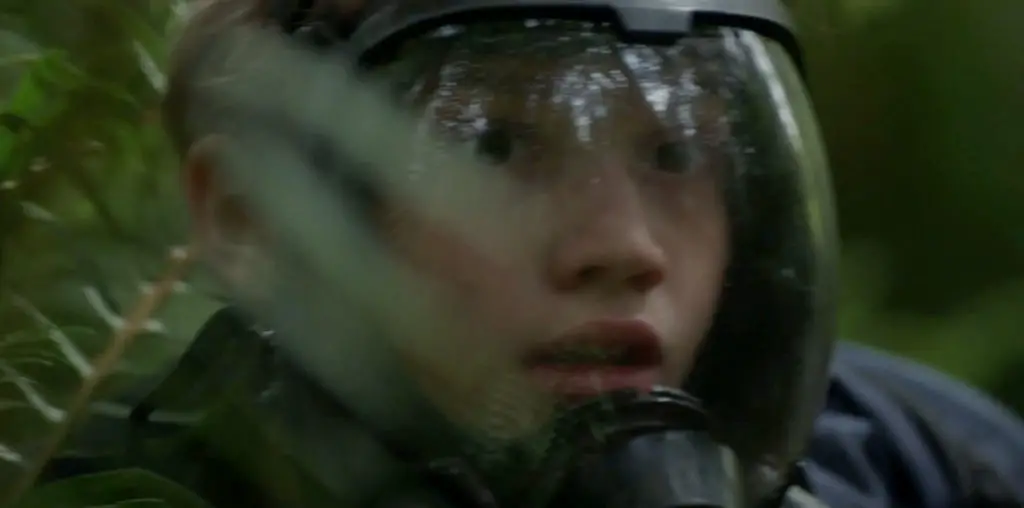
BOOTLEG FILES 520: “The Joker is Wild” (1957 drama starring Frank Sinatra and Mitzi Gaynor).
LAST SEEN: The film will be shown on TCM on May 12.
AMERICAN HOME VIDEO: None.
REASON FOR BOOTLEG STATUS: One of Sinatra’s finest films, and one of hist most elusive.
CHANCES OF SEEING A COMMERCIAL DVD RELEASE: I wish they would go “all the way” with this.
Although Frank Sinatra won the Academy Award for “From Here to Eternity” and earned an Oscar nomination for “The Man with the Golden Arm,” I would be bold enough to say that his best work in Hollywood can be found in the 1957 feature “The Joker is Wild.” If you never saw the film, that’s because it is among the more elusive titles in the Sinatra canon. While it has occasionally turned up on television over the years, it has never been made available for home entertainment release. This is a genuine shame, because Sinatra gives an uncommonly fine performance that mixes his always appreciated talents as a singer with his often unpredictable abilities as a dramatic actor.
What is especially remarkable is that “The Joker is Wild” requires Sinatra to embody the spirit of a well-known personality – in this case, the raucous nightclub entertainer Joe E. Lewis. And while comedy was never truly Sinatra’s strongest point as a performer, he brilliantly nailed the insouciant on-stage energy that Lewis brought to his work.
Lewis’ story offered one of the most violently dramatic comebacks in entertainment history. He was a major attraction at Chicago’s cabaret scene during the 1920s, but in 1927 he sought to allow his contract as the headliner of the Green Mill Cocktail Lounge to lapse in order to sign a new deal with a competitor club called The Rendezvous. The Green Mill was owned by Jack “Machine Gun” McGurn, one of Al Capone’s higher ranking thugs. Lewis’ refusal to stay with the Green Mill infuriated McGurn, who ordered his henchman to whack Lewis. The entertainer was assaulted in his hotel room by three gangsters that fractured his skull and cut his vocal chords. Although the gangsters left him for dead, Lewis miraculously survived the attack. Several years of therapy and treatment were required in order for Lewis to regain the ability to talk and sing – Capone, who had no knowledge of the assault’s planning, helped cover many of Lewis’ medical bills – and the performer managed to restart his career and become one of the leading nightclub stars from the 1930s through the early 1960s.
Lewis’ life was the subject of Art Cohn’s 1955 best-selling biography “The Joker is Wild.” Metro-Goldwyn-Mayer offered to buy the film rights for $150,000, but Lewis passed on that in favor of a more sophisticated deal involving himself, Cohn, Sinatra and filmmaker Charles Vidor. Paramount Pictures financed the production, but the four men controlled three-quarters of the film’s net profits.
Sinatra took advantage of his authority on the production by setting up rules that ran counter to all of the other films being produced at Paramount. For starters, he insisted that work begin around noon and continue through seven in the evening. When asked why chose those hours, Sinatra explained, “My theory is, actors are creators. Anyone else who creates something is allowed to do it when he wants to. What we have to do – playing a love scene, for example – is difficult to do at nine a.m. I work better, sing better, later in the day. That’s why I only record at night.”
Sinatra also had no problems rearranging the production schedule to accommodate leading lady Mitzi Gaynor, who received the chance to audition for the film version of “South Pacific” while “The Joker is Wild” was being shot. Gaynor’s scenes were postponed while she prepared for the audition, which proved successful and would lead to her most celebrated film role.
(As an aside, Gaynor and Sinatra were originally considered for Billy Wilder’s “Some Like it Hot,” but she was dropped when Marilyn Monroe became available and Wilder had second thoughts about dealing with the often mercurial Sinatra.)
Furthermore, Sinatra insisted on recording his songs live, rather than pre-recording and lip-syncing for the camera. “When I do a concert and someone coughs, I like that,” he said. “I like the scraping of chairs. You get the feeling that it’s really happening.” It turned out that his instincts were correct – his vocalizing in “The Joker is Wild,” including his rendition of the Oscar-winning tune “All the Way,” was utterly sublime. And for anyone who only knows Sinatra for his coarse late-life recordings, listening to him sing in this film is truly jolting – no other film star of his era could come close to how he interpreted lyrics.
“The Joker is Wild” is also one of the rare occasions where Sinatra is able to switch back and forth between harsh drama and lowbrow comedy in a film. The scenes following the attack on Lewis are particularly vivid: a bloodied Sinatra crawling desperately down a hotel hallway, and later awakening beneath a heavy hood of hospital bandages while quickly realizing he no longer has a voice, are among the most disturbing he ever put on film.
Later in the film, he captures the brash, unapologetic stand-up comedy routines centered on Lewis’ legendary boozing. “I woke up at the crack of ice,” Sinatra’s Lewis claims between heavy sips of whiskey. And when handed a glass of water, he reacts with exaggerated disdain by stating, “I’m thirsty, not dirty!” Sinatra wisely avoids doing a direct imitation of Lewis’ style, but he delivers the comic’s trademark jokes with a freshness that makes the hoary old alcohol-centered one-liners funny and even charming.
Although Sinatra dominates “The Joker is Wild,” the production offers a wonderful cast. In addition to Gaynor, there is Eddie Albert as Lewis’ longtime piano player and confidant, Beverly Garland as Albert’s wife, Jeanne Crain as the society girl who futilely attempts to snag Lewis in marriage, Jackie Coogan as one of Lewis’ posse and Sophie Tucker as herself in an uncredited guest appearance. Rabid movie addicts might recognize Wally Brown as one of the inebriated hecklers that tries to disrupt Lewis’ act – he co-starred with Sinatra in the 1944 “Step Lively,” and Sinatra offered Brown the part when the latter’s career was lagging.
If there is one serious flaw in “The Joker is Wild,” it would be in the considerable liberties taken with Lewis’ life story. The names and locations of his 1927 brush with death were changed, and the years he spent recovering his health were not detailed. The film offers the scenario that Lewis left Chicago following his hospital discharge to work in obscurity as a silent clown in a seedy New York burlesque house, when in reality he was appearing in films and in nightclubs during the 1930s. And, I am sorry to say, the film has the crummiest coda imaginable, with Sinatra having a full conversation with his window pane reflection on the problems created by excessive drinking – in reality, Lewis happily kept up his boozing until his death in 1971. (The comic would turn up in a guest role in Sinatra’s 1968 film “Lady in Cement.”)
So why is “The Joker is Wild” not available on DVD? One might assume that music clearance issues are to blame. Bootleg DVDs are easy enough to locate, and aspiring bootleggers can get into the act by setting their DVRs on May 12 at 8pm for the TCM broadcast of the film.
Sinatra completists need to enjoy “The Joker is Wild,” because it represents the star’s finest two hours on screen. If any film deserves to get a long-overdue DVD release, this is it.
IMPORTANT NOTICE: The unauthorized duplication and distribution of copyright-protected material, either for crass commercial purposes or profit-free s***s and giggles, is not something that the entertainment industry appreciates. On occasion, law enforcement personnel boost their arrest quotas by collaring cheery cinephiles engaged in such activities. So if you are going to copy and distribute bootleg material, a word to the wise: don’t get caught. Oddly, the purchase and ownership of bootleg DVDs is perfectly legal. Go figure!

